This post was originally published mid-april in 2017. ‘Deer Hunter’s Almanac’ was created by Craig Dougherty with help from Jason Ashe for the Hunting Page.
April
The man who called April the “cruelest month” clearly wasn’t a deer guy, the ravages of winter are over, the kindness of spring has begun. The buds are out, the fields show green and the deer have their pick of young greens to munch on. Turning our attention to deer, we keep these early season deer facts in mind:
Deer in April
Deer typically loose body weight during winter, especially during severe winters in heavy snow areas, winter severity varies with location.
Deer can endure up to 100 days with limited food intake, when starvation strikes, the fawns are the first to succumb, followed by old mature bucks.
You can check dead deer by cracking open a femur and checking the marrow, white to off white marrow is normal, pink to red marrow indicates starvation.
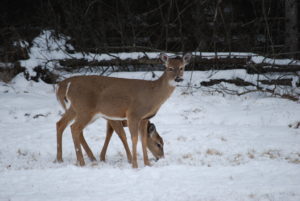 Severe winters negatively impact spring fawn production, does that survived severe winters often produce smaller weaker fawns which struggle to survive.
Severe winters negatively impact spring fawn production, does that survived severe winters often produce smaller weaker fawns which struggle to survive.
The gestation period for fawns in approximately 200 days, that typically puts the bulk of the fawns on the ground in mid-late May to early June in most areas assuming mid-November breeding. March-April fawns are not unheard of.
Deer shed their heavy gray winter coats in spring in favor thinner, cooler, reddish brown coats for summer, don’t be alarmed when you observe large unsightly tufts
Deer that seek out winter range typically leave the range and seek out areas with early spring forage once the snow cover no longer exceeds 10 inches.
Deer typically seek out the youngest, tenderest shoots of spring, these plants are highly nutritious and enable deer to add much needed weight nutrition for the fawning season.
Deer typically feed voraciously in spring, they are making up for all that lost nutrition during winter, they feed longer and more aggressively.
Deer are referred to as “concentrate selectors” they find food they like and feed on it until the food’s nutrition drops off or something they prefer more appears.
Native vegetation is typically richer in nutrition in the spring than other times of year, ideally, a whitetail’s diet should average 16% protein and be rich in vitamins and minerals
Woods Work
Burning old abandoned fields keeps undesirable growth at bay and adds nutrients to the soil, now is the time to burn areas in need of some rehabilitation.
Now is the time to order your seed and fertilizer to get ready planting. Annual forages, like turnips, last only one growing season, perennials such as clover, produce for multiple years.
Now is the time to take soil samples in order to assess your soil’s pH (acidity) and fertility. Lime can be added now, fertilizer is best applied when planting.
Fruit and nut trees can be put in the ground in early spring, there is plenty of moisture and the chance of a hard freeze is over.
Specialized varieties of chestnuts and oaks that bear fruit in 5-7 years are used by many deer managers as are quick producing fruit trees.
Evergreen trees can be planted now to provide cover against winter cold and heat robbing winter winds.
Last years seed can be tested for germination by covering a dozen or so seeds with a half inch of moist potting soil or a moist paper towel. Keep moist and warm, they will swell and sprout in a few days if viable.
If your state allows you to put out minerals, now is the time to put it out, the lactating does will be glad you did and so will your taxidermist.
Hunting, 365-12
Hunting sheds will allow you to determine what bucks made it through last hunting season shed hunting can also tell you how Mr. Big gave you the slip again last year.
The spring woods are loaded with forensics from last season’s hunts, paying attention now can unlock last year’s mysteries
Now is the time to put your planting equipment in shape for the upcoming planting season, get out those wrenches and grease guns to avoid breakdowns just when you are trying to get this years’ planting done.
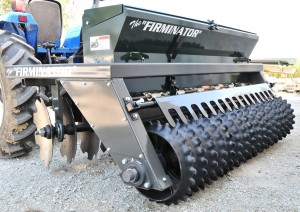
While you have those wrenches out go over those tree stands you took down last season, a turn of the wrench can mean the difference between spending next season in a body cast, or worse.
Now is the time to prepare for setting next fall’s stands, select locations, trim brush and cut shooting lanes before it’s time to start planting. Now is a good time to build and set those box blinds you wish you had last November.
If you have been hankering to get rid of those predators, now is the time to do it. Research shows that removing predators just prior to fawning season is the best time to help those newborns from becoming midnight snacks.
If you missed the buck of your dreams last season, now is the time to do something about it. Cancel that golf club membership and make a commitment to learn how to use that rifle you got for Christmas, start now and by fall you will be a world class shooter, practice does make perfect!
Jump on Google Earth and take a look at how your hunting land looks to our feathered friends, your eyes will be opened and you just might learn something new about how the land you hunt works, you also might learn some new tricks or secret spots for next year.
Do your scouting now (if you must), not next summer or fall, big bucks don’t like pressure, they are more likely to tolerate it better now than next fall.
Tune in May 15th – for next months edition of Deer Hunters’ Almanac
Craig Dougherty wrote and developed Deer Hunters Almanac for us back in 2017/2018. He worked collaboratively on it with our team, and in particular with our chief content manager Jason Ashe. Craig was a regular contributor for The Hunting Page, and a mentor to all of us he worked with. Craig passed away in the fall of Oct 2019, and has been missed by as all since then. Craig was a staple of the hunting industry for over 35 years. He held senior executive and board-level positions with multiple archery and firearms companies, and industry organizations. He was Chairman of the Board of the Quality Deer Management Association and was instrumental in the formation of the National Deer Alliance. He has and his son Neil published books on deer management and hunting, and have written hundreds of articles and appeared on hunting TV and at countless sportsman’s events. The pair founded NorthCountry Whitetails a deer hunting and property management company, where they managed over 300,000 acres of deer hunting property for clients across the nation.



















![The Best Deer Camp Chili [VIDEO] Deer Chili Ingredients, Tomatoes, Chili Spices](/wp-content/uploads/2015/10/Deer-Chili-Deer-Camp-Recipe-218x150.jpg)
![How to Call Elk Early in the Season [VIDEO]](/wp-content/uploads/2016/08/byers003-218x150.jpg)

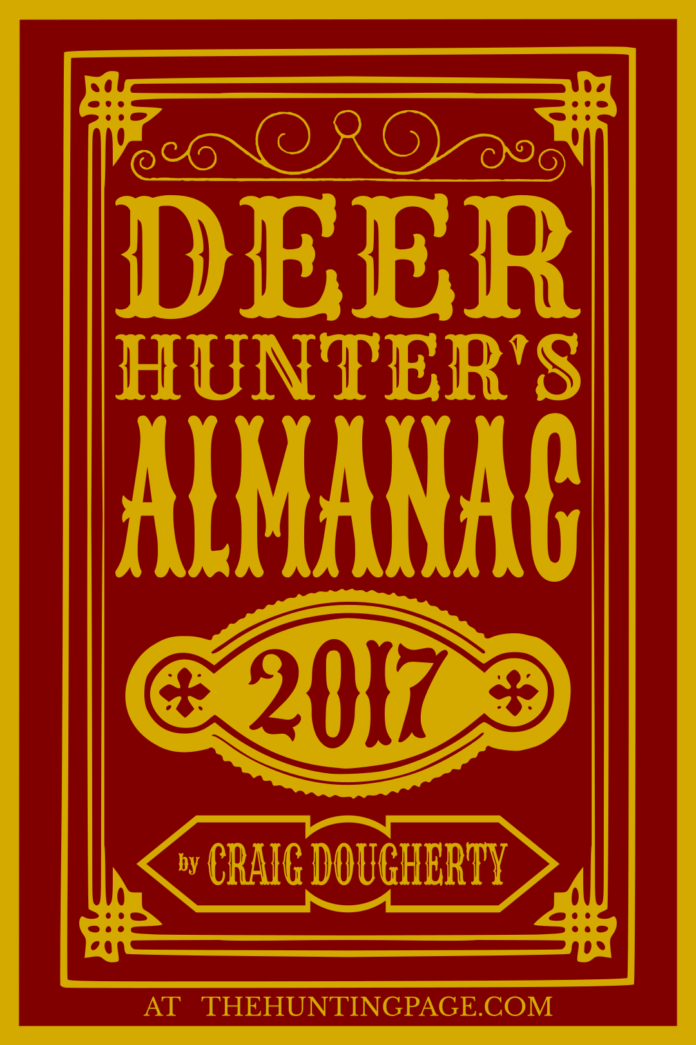
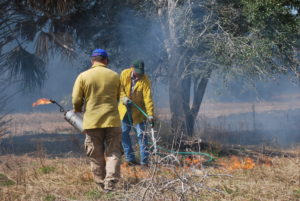
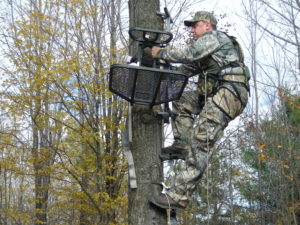
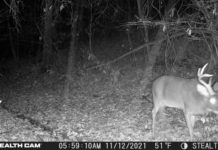


![Idiots Disturb Hunter: How Would You Have Handled It? [VIDEO]](/wp-content/uploads/2015/10/DSC00110-e1474487693878-100x70.jpg)
![Albino Buck Shocked to Shed His Antlers [VIDEO]](/wp-content/uploads/2015/10/AlbinoDeer-100x70.jpg)